14 Tips for Exploring National Parks Alone
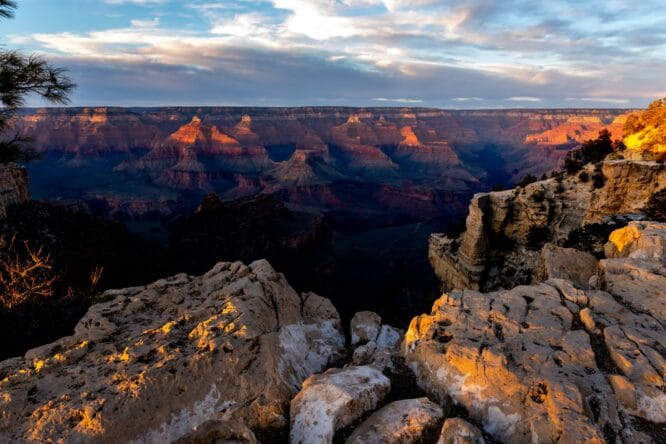
While exploring cities is always fun, there is something about walking through National Parks and nature that makes you introspective. Traveling through nature solo can be even more impactful, but you should always be safe while doing so. Check out our tips for hiking or walking solo through parks.
Research Ahead of Time

Knowledge is power, and this couldn’t be more true when hiking alone. Research the national park you’re visiting, the trails you want to take, and how safe these trails are. There is nothing worse than getting to the hiking trail and seeing it’s closed or unsafe to walk on. And if you want to be extra cautious, bring a map with you and draw out all the trails you want to take.
Test Equipment
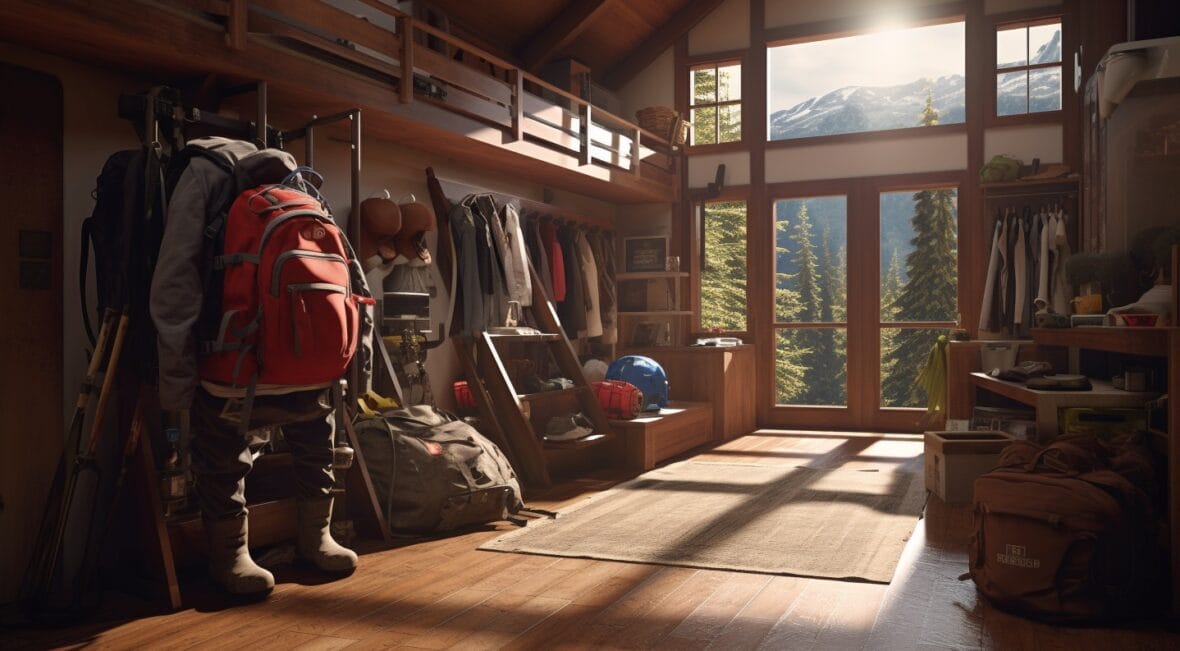
It’s getting dark and you grab your flashlight – but it doesn’t work. Now you’re in the dark alone. This is exactly why testing your equipment is so important. Make sure all devices have charged batteries, that your water bottle doesn’t leak, and your backpack can hold all the essentials. It will not only make you feel more comfortable traveling alone, but will also prove vital if you ever need those items.
Be Over-Prepared

Along the same thought about testing your equipment, you should be fully prepared to be in the wilderness longer than you expected. Bring an extra pair of dry socks, water bottles, or energy bars, so if you do get stuck or wet you can still be comfortable and energized. Of course, you don’t want to bring so much you can barely carry the gear, but having a couple extra things will not hurt – especially if you get hurt.
Also Read: 12 Surprisingly Sugary Foods and Drinks
Check Weather
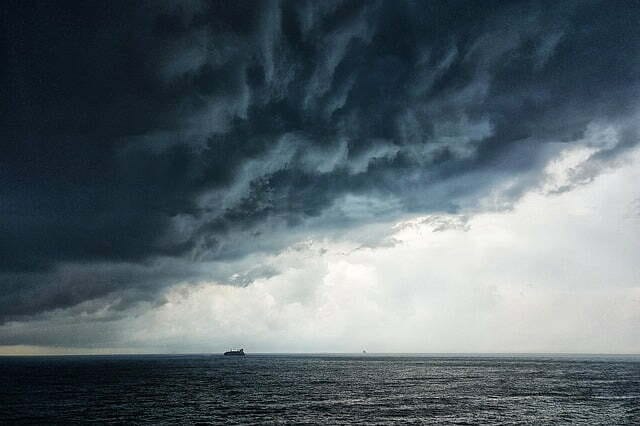
Unfortunately every day is not sunny, and you need to be prepared for stormy weather. Always check the weather in the days leading up to the hike, and even the morning of. Storms can pop up out of nowhere, and you want to make sure that your journey is sunny and warm. This may mean changing the day of your hike, but this is better than trying to get over rocks and slipping on the trail when everything is wet.
Know about Wildlife
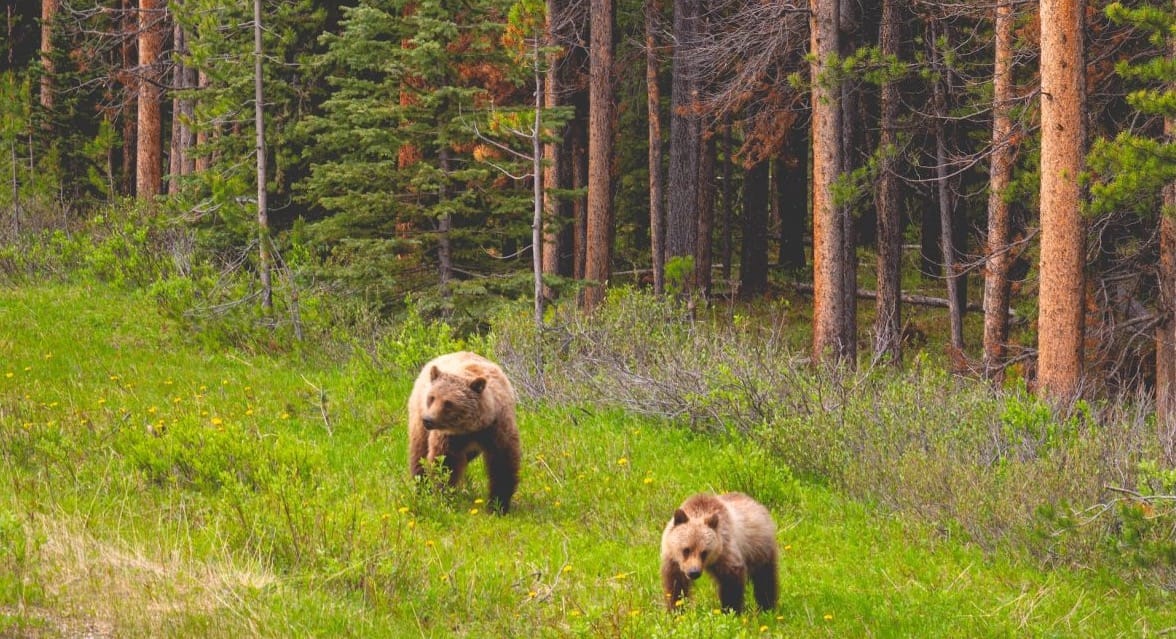
We are not the only species that enjoy our national parts. There are many animals that frequent national parks, and sometimes they are pretty dangerous. The last thing you want to do while hiking alone is coming up on a momma bear and her cubs. The best thing to do is research what types of animals are local to that park, and how to prevent any interaction with them going badly.
Pick a Well-traveled, Well-marked Trail
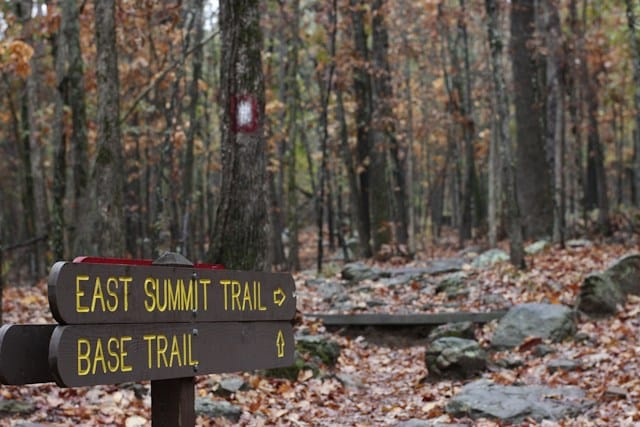
Similar to the research tip, you should try to pick a well-known trail especially if it is your first time hiking solo. Most of the trails marked out in national parks are well traveled, but there are the occasional off-the-beaten-path trails that might be more suited to hiking experts.
CHECK OUT: 10 Stress-Relieving Hobbies That Will Help You Relax
Go off-season

This is totally personal preference, but if you don’t like a lot of hikers on the same trail as you, try heading out into the wilderness during “off-season” months to get a more solo experience. This can also come with some dangers, as more wildlife may come closer to the path with less human traffic, but you would have to figure out what suited you.
Follow us on MSN to see more exclusive content.
Trusted Contacts

Before you go anywhere or do anything, let a couple of trusted people know where you are going and when you plan to go hiking. That way, if you’re not responding or back in a place that has cell phone service by a certain time, they can alert authorities or try to get a hold of you to make sure nothing happened on the hike.
There are also apps you can install on your phone for tracking or alerting trusted contacts if you don’t check in at a certain time, or do not make it to a specified trail marker. One such app is called Hiker Alert, and will notify loved ones if you don’t check in at a certain time.
Be Prepared to Feel Uncomfortable at Times
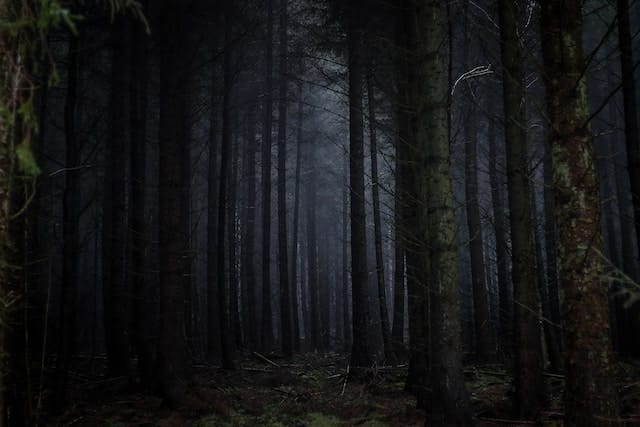
This tip is kind-of funny, but it makes sense when you think about it. If this is your first time hiking alone through a national park, you might feel weird without someone familiar walking next to you. This feeling often goes away quickly so you can enjoy the nature around you. Also, you might meet some other solo hikers that want to talk and can fill the gap of having someone else with you. National parks are a great equalizer in that aspect, because only people that love nature and want to explore it will be there.
Start Early

Waking up early to hit the trails might not sound fun at first, but you will be avoiding those bigger crowds of people that only increases as the day goes on. Also, depending on where the national park is that you are visiting, it may be the coolest in the morning and get increasingly hot and unbearable the later you wait. You should always wait for the sun to completely rise though, so your hiking trail is completely visible the whole time.
Don’t Wear Headphones

You might want to listen to music while walking alone, but the option is to avoid them. With music in your ears, there’s no way to hear if someone is coming up behind you, an animal is rustling the bushes ten feet away, or a storm is rumbling in the distance. If you absolutely have to listen to music, use only one earbud and have the sound on low. Then you can hear if anything is coming, and be prepared for it.
Know Yourself

This is the most important step, because it will dictate everything that you do. Knowing yourself is not only about physical limits but mental ones as well. Choosing the right national park, getting the right gear, and choosing the best trails are all about making sure you feel comfortable every step of the way.
Exploring nature alone is a big step, and can be very rewarding if you do it right. National parks are a great place to start, especially since they are so populated and have established trails. So, take a few of our tips and go out and explore the world with newfound confidence.
Follow us on MSN to see more exclusive content.
Explore More About:Travel